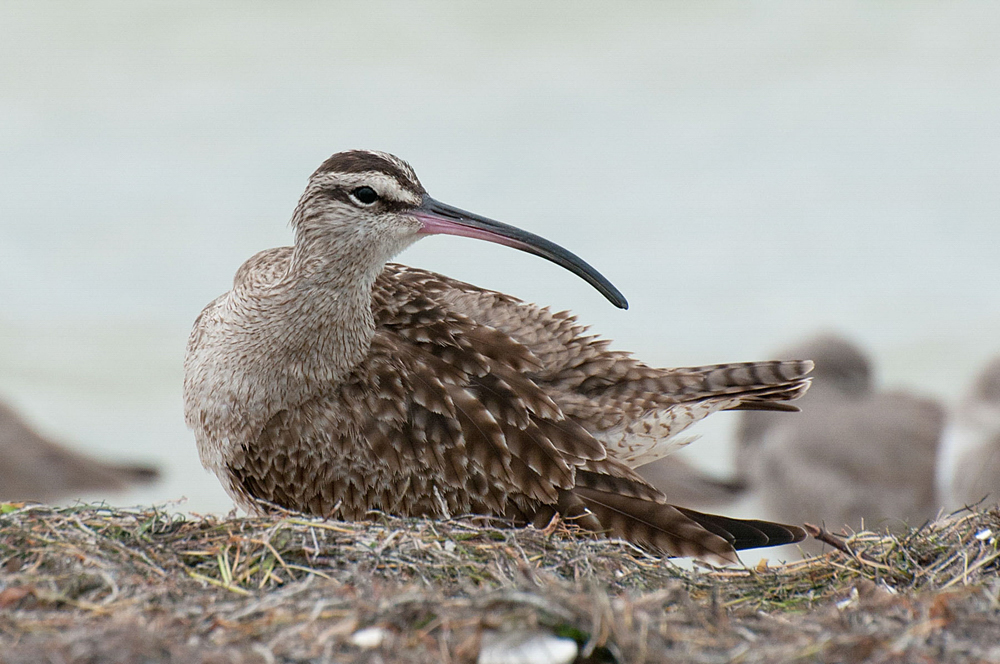With this year’s active hurricane season, Ask-a-Birder volunteer Dan Smith answers your questions about how birds fare in these severe weather events:
Many birds are sensitive to barometric pressure, and lots of them – especially nomadic birds like pine siskins – simply leave after gorging at feeders. Cavity nesters may simply hide. Many small birds find a sheltered branch and just lock on for the duration of the storm. This last strategy is risky of course, but uses virtually no energy since perching birds’ toes lock when they alight on a branch.
So not all birds leave, but this can lead to catastrophe. In 1940, the White Lake resident whooping cranes in Louisiana were widely dispersed or killed by a hurricane and only six returned. This loss of one of only two remaining flocks was part of the reason for the creation of the Aransas National Wildlife Refuge.
Pelagic birds, or those that frequent coastal waters and the open ocean, tend to avoid hurricanes by flying around them. Some may seek refuge in the eye and get carried long distances from their normal ranges. Some strong-flying migrants are really determined: in 2011 scientists tracked a radio-tagged “intrepid whimbrel” as it flew straight through Hurricane Irene on its way from the Arctic to Venezuela.
While hurricanes are undoubtedly hard on the birds, they often afford opportunities for unusual and exciting sightings. Arman Moreno, who manages the Austin Area Rare Bird Alert, on August 31 noted sightings in the Austin circle of large numbers of Magnificent Frigatebirds, a Long-tailed Jaeger at Hornsby Bend, a Sooty Tern at Decker Lake, multiple species of other unlikely terns, and a White-tailed Hawk in Hays County, all following Harvey’s landfall.
Have a question? Fill out our Ask-a-Birder form!
Sources:
Arman Moreno, August 31, 2017 Austin Rare Bird Alert in Texbirds user group.
Slate.com: What do Birds do in a Hurricane




